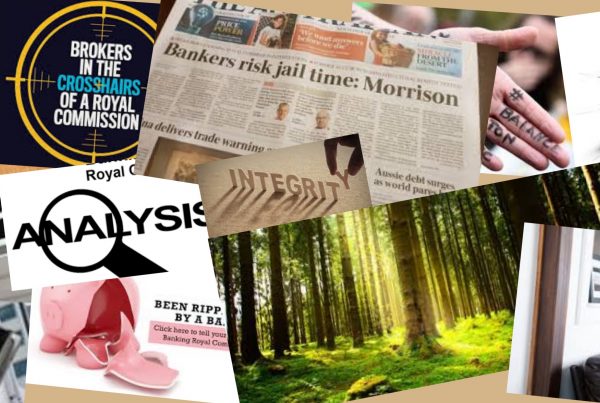If a company having just developed a passable sustainability policy, while negotiating with a corporate affairs consultancy, sets a KPI of one positive article per month in the major Australian newspapers based on these new credentials, you know either the PR agency, the company, or both may be in trouble.
Why?
Journalists are not fools. Most have learnt to be cautious the hard way.
What every sustainable company wants is trust. To have that you have to be – – – – trustworthy. That is not measured in column inches, but over time.
The issue here is credibility versus visibility. There is a telling graph that shows the four quadrants where companies reside.
 Some of the most credible companies have almost no profile. They just get on with business. These ‘undiscovered’ companies develop enviable reputations when they gently raise their profile to become not only credible, but visible.
Some of the most credible companies have almost no profile. They just get on with business. These ‘undiscovered’ companies develop enviable reputations when they gently raise their profile to become not only credible, but visible.
We know from working with these companies that it takes, first, genuinely sustainable policies and then patience. The initial stakeholders to be converted are not the media, politicians or investors, but employees. A workforce that does not genuinely understand sustainability cannot deliver a sustainable company.
Get the ducks lined up before you crow
What we advise companies in a hurry is, “Slow down”. It’s a cliché, but it’s also true that ‘Reputations are built over a lifetime, and shattered in a day’. And with social media, that can be ‘an hour’.
Step one: make sure your employees have bought into the sustainability practices
Step two: get your external touchpoints* (website, blogs, newsletters, social media) organised with clear consistent messages
Step three: make sure your SEO has you well placed with search engines
Step four: make sure you are crisis ready
Step five: get your third-party supporters engaged
Step six: check that your credibility passes the ‘smell-test’
Step seven: engage (finally) with media, with confidence.
* these days mass communication is on the wane, and people connect with companies at different touchpoints. Some people will check your LinkedIn profile, others will look at your Facebook page or Twitter feed, and others (precious few) will have the patience to read your blogs.





